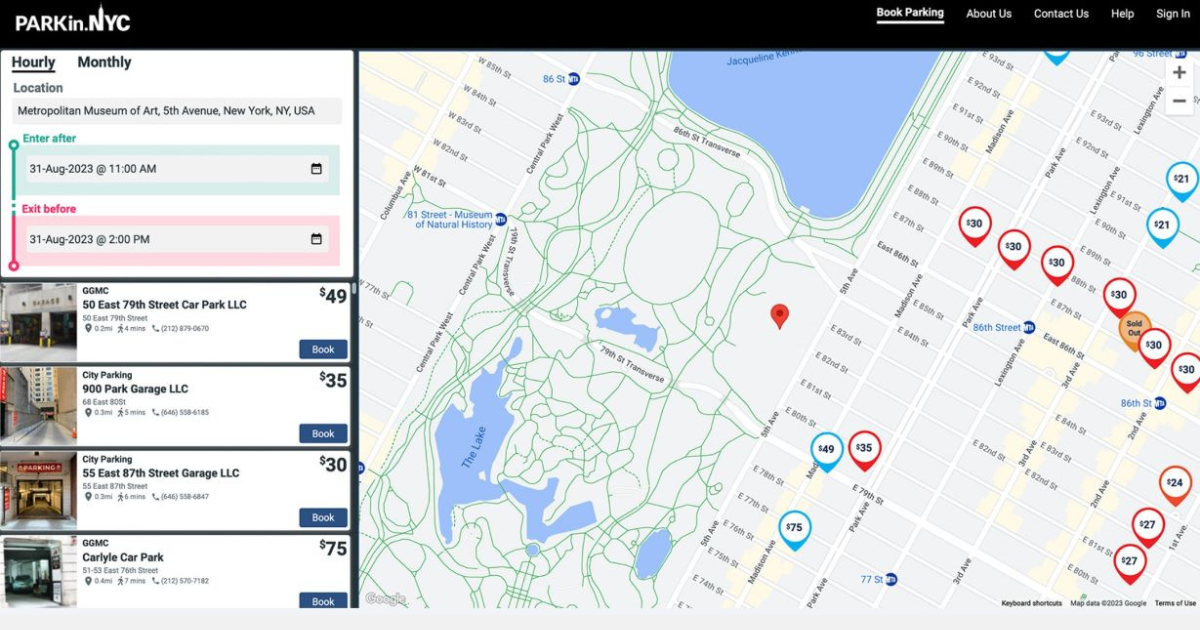The New Realities: How VR & AR Are Changing the Way We Operate & Use Buildings

 The You Are Here indicator – usually found on wayfinding maps in malls or large public spaces – doesn’t always solve the problem of how you get 'there.' Now, not only do we have the ability to get there, we can even bring 'there' to you by using Virtual & Augmented Reality (VR & AR).
The You Are Here indicator – usually found on wayfinding maps in malls or large public spaces – doesn’t always solve the problem of how you get 'there.' Now, not only do we have the ability to get there, we can even bring 'there' to you by using Virtual & Augmented Reality (VR & AR).
Within the commercial real estate realm, we’ve already seen some widespread adoption of AR/VR. And as the technology evolves, there will be even more robust use cases. The time is now to look at how to bring this technology into your workflow.
AR…VR…MR….XR?
Along with Virtual and Augmented Reality, you may have also heard the term Mixed Reality, or MR. To confuse things even more, the umbrella term for all the realities is XR or Extended Reality.
To clarify, AR is the next computing platform. Everything you currently do on your desktop or mobile device, you will eventually be able to have projected into your field of view using a wearable such as Magic Leap or Apple’s heavily-rumored AR Glasses.
VR is really a destination. You are fully immersed and are able to experience a 3D environment as if you were actually there.
MR or Mixed Reality is a blend of the physical world with the digital world in a way that makes both seem real. It is also where a person may be projected into a virtual world but that person appears as they are in real life.
XR for Architectural Engineering & Construction (AEC)
There are myriad use cases for this technology, but as the future screams towards us, we will focus less on one reality or another and more on seamlessly moving between our real and digital landscapes. When thinking about how to leverage XR in your business, it’s important to consider a broader vision. Companies can utilize XR across all business lines—a architectural design and engineering, interior design, sales and marketing, even training – essentially the entire BIM lifecycle and beyond. Alongside this direct business utility, virtual desktops, virtual meetings and remote technical assistance will become standard practice in the near future.
Within AEC, the value of XR is clear and there are many powerful software solutions and platforms that can enhance every stage of design, visualization, collaboration, sales and marketing. There are existing tools that will allow ingestion and translation of 2D and 3D architectural renderings into game engines such as Unity and Unreal. From there, architects and designers can continue the design process from within the environment.
 Visualization in VR is one of the most valuable and widespread solutions. Architects can share VR walk-through models for stakeholders and clients. Designers can build out infinite versions of the space. Contractors can plan and project manage. Collaboration between teams can be done remotely, yet in the virtual environment, with tremendous savings in both time and budget.
Visualization in VR is one of the most valuable and widespread solutions. Architects can share VR walk-through models for stakeholders and clients. Designers can build out infinite versions of the space. Contractors can plan and project manage. Collaboration between teams can be done remotely, yet in the virtual environment, with tremendous savings in both time and budget.
As is the case with any large project, the process entails working with multiple factions in key decision-making stages. Doing this is VR, and in many cases in real time, is far more effective. VR supports multiple people in a virtual environment, significantly shortening timelines and allowing teams to spot potential issues.
Within a VR headset, you are transported into the environment at a 1:1 ratio. As a result, the nuances of scale can be far better assessed. For example: does a space feels too tight, how is the flow from room to room, are the ceilings high enough. This holds true even more so with furnishings and interiors.
We recently worked with a firm designing a new restaurant from the ground up. They were very close to submitting the final designs for approval. In the kitchen, the clearance between the prep tables, the stoves and the large wood burning oven appeared sufficient in the drawings. However, when the chef did a walk-through in VR, he noticed that the long-handled peel used to move food around in the oven would potentially interfere with the prep line on the opposite side. He would never have noticed this by the drawings alone.
If clients can be shown all of their options, see the finished results and sign-off, this can mitigate the risk of costly surprises later on. In theory, an entire building could be designed, virtually constructed, fully furnished and sold before even breaking ground.
 A single project can result in the following visualizations and 3D Assets using both AR & VR:
A single project can result in the following visualizations and 3D Assets using both AR & VR:
- Design
- Collaboration
- Client Approval
- Iteration and Redesign
- Construction
- Interior Design
- Marketing
- Sales
- Future Design Inspiration
Bringing XR solutions into your business is, in most cases, still a cost center. That said, there is inherent value to your clients which will ultimately benefit your company and increase revenues. It separates you from the pack, and as this technology becomes ubiquitous, you will be poised to leverage it in a way that is far superior to your competitors.
 When looking at different solutions, the most important component is building a 3D asset library for your company. Every scan, every imported 3D model should live in a centralized database available across each of your business units.
When looking at different solutions, the most important component is building a 3D asset library for your company. Every scan, every imported 3D model should live in a centralized database available across each of your business units.
Whether you are using Revit, AutoCAD, SketchUp, 3D Studio Max or one of the other standard 3D rendering applications, there are some built-in capabilities and plenty of translation applications which will allow you to import these models into the primary game engines, Unity or Unreal. If you are using an engine other than these, beware. These are the industry standards and offer the tools and capabilities that will allow you to grow with the technology. Proprietary engines will lock you into a single company, their license fees and in most cases, no ability to customize your solution internally, should you want to do so in the future. Even if you are licensing a solution from a well-established software developer, ensure that they are built on top of these engines.
Once you create a library of models, you can use them every step of the way – concept, design, construction, sales and marketing. These same environments can be created and utilized over and over again. This is how you reach an economy of scale. This is how you build your edge. As your library grows, you will find other uses for these assets. Once it is created, you can utilize it in any environment at any time. You can even create baseline structures, schematics and interior designs for all your future work. Think of it as a mix and match library of inspiration and innovation.
In short, XR is not a mysterious technology. It’s here to stay and it can benefit your business in myriad ways. It’s all about the approach, but most importantly, it’s about a willingness to embrace new technology. Like it or not, the future is upon us.
Emerging technologies that impact Corporate Real Estate and Facilities such as AR/VR, AI, Autonomous Vehicles, Robots and others, will be discussed at CoRE Tech 2018 which will be held on Nov. 14-16 in Silicon Valley. For more information, visit Program Details.
This Week’s Sponsor
Angus Systems is a leading provider of customer driven mobile and cloud-based work order and operations management solutions for commercial real estate. Our software supports over 2 billion square feet across North America in buildings from 20,000 to portfolios of more than 100 million square feet. Visit www.angus-systems.com to learn how we help our clients shine.
Read Next
 3/27/2025
3/27/2025
The Convergence of Edge Computing, Cloud, and AI in Building Automation and Smart Buildings In the built environment, we have seen the convergence of Operational Technology (OT) and Information Technology (IT), later expanding to include Workplace Technologies (WP).
 3/27/2025
3/27/2025
DC Power: A Holistic Approach to Energy Savings in Commercial Buildings In today's energy-conscious world, businesses constantly seek ways to reduce their carbon footprint and operational costs.
 3/13/2025
3/13/2025
How to Achieve Eco-Friendly Facility Management Commercial real estate operators and facility managers are focusing on sustainable practices to minimize environmental impact, create healthier workplaces, improve productivity and lower operational costs.
 1/23/2025
1/23/2025
When It Comes To Managing Properties’ Parking, Technology Is Key It’s easy for developers and real estate owners to think of parking as a necessary evil. They know they have to provide it (often, because it’s mandated by code), they understand that prospective tenants and buyers expect to be provided parking, but they haven’t figured out how to maximize its value.


.gif)








